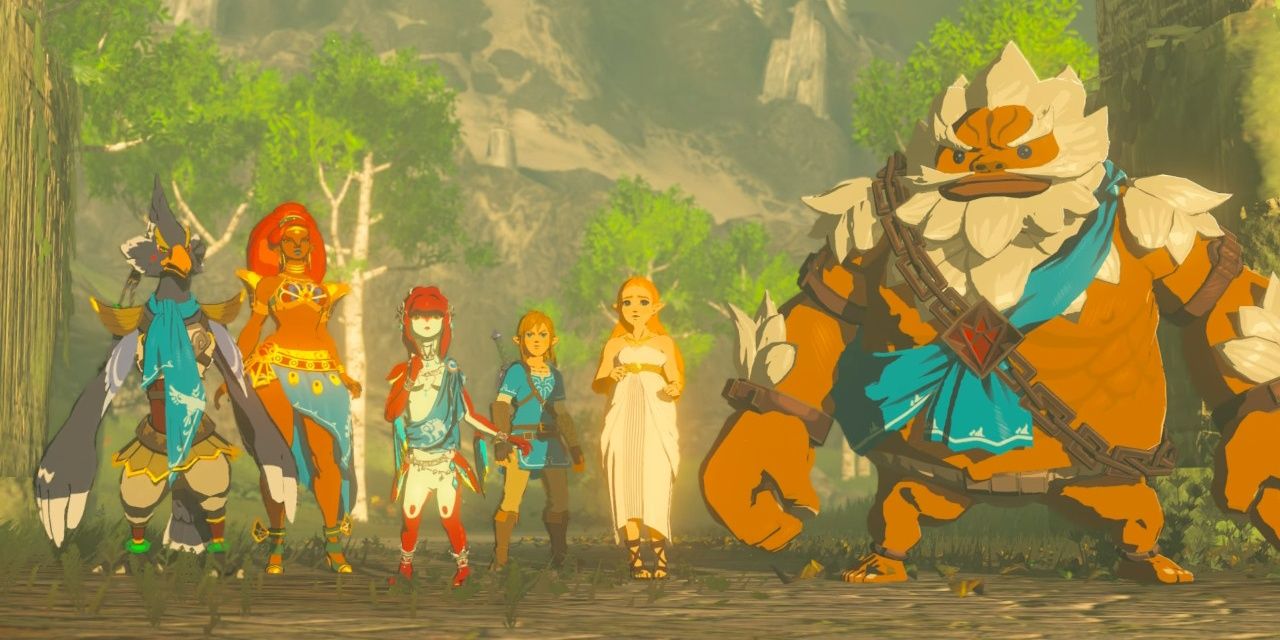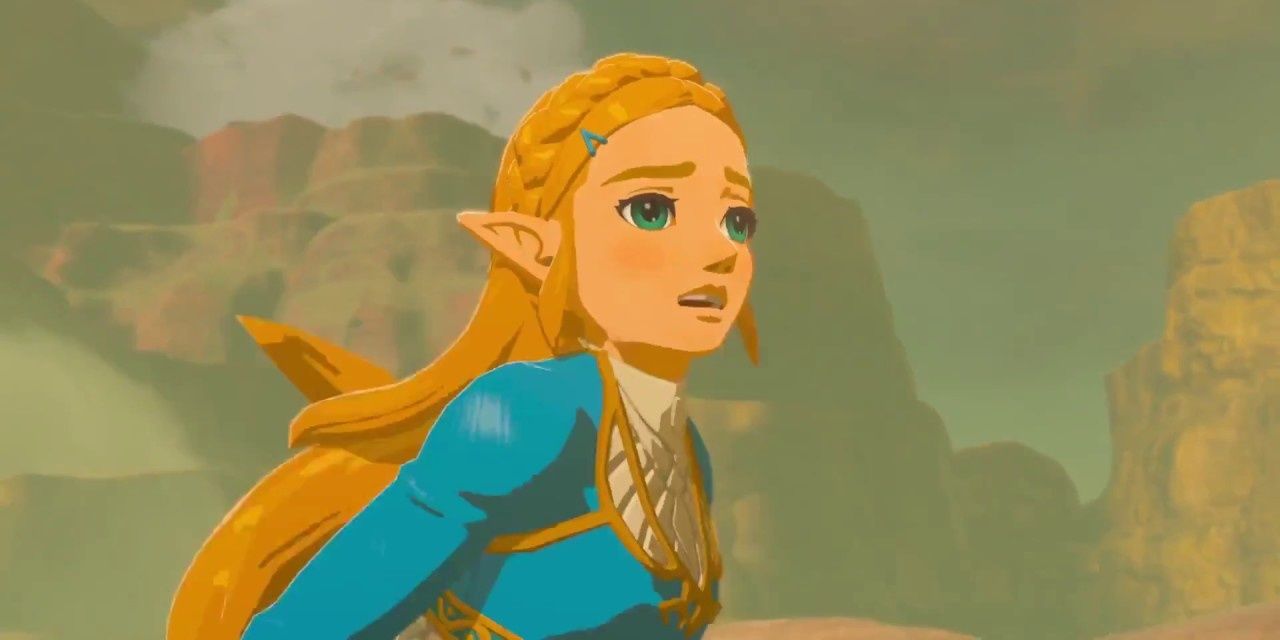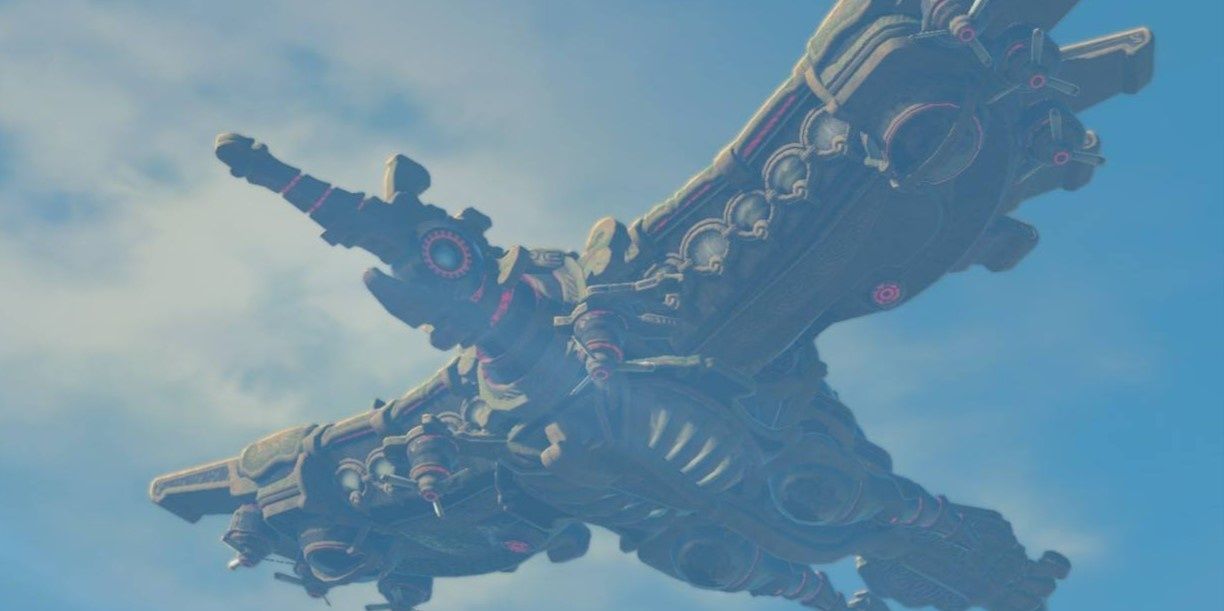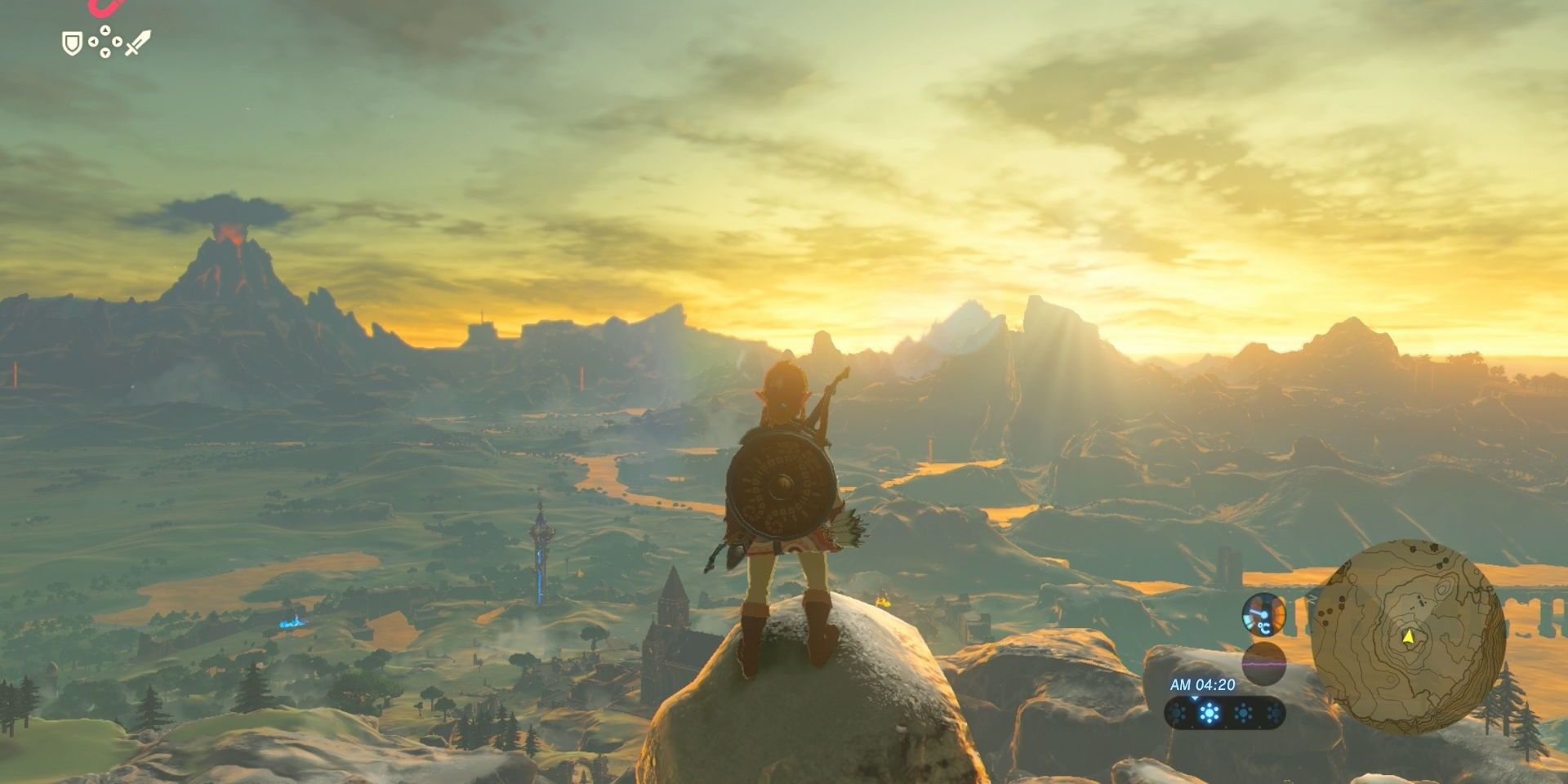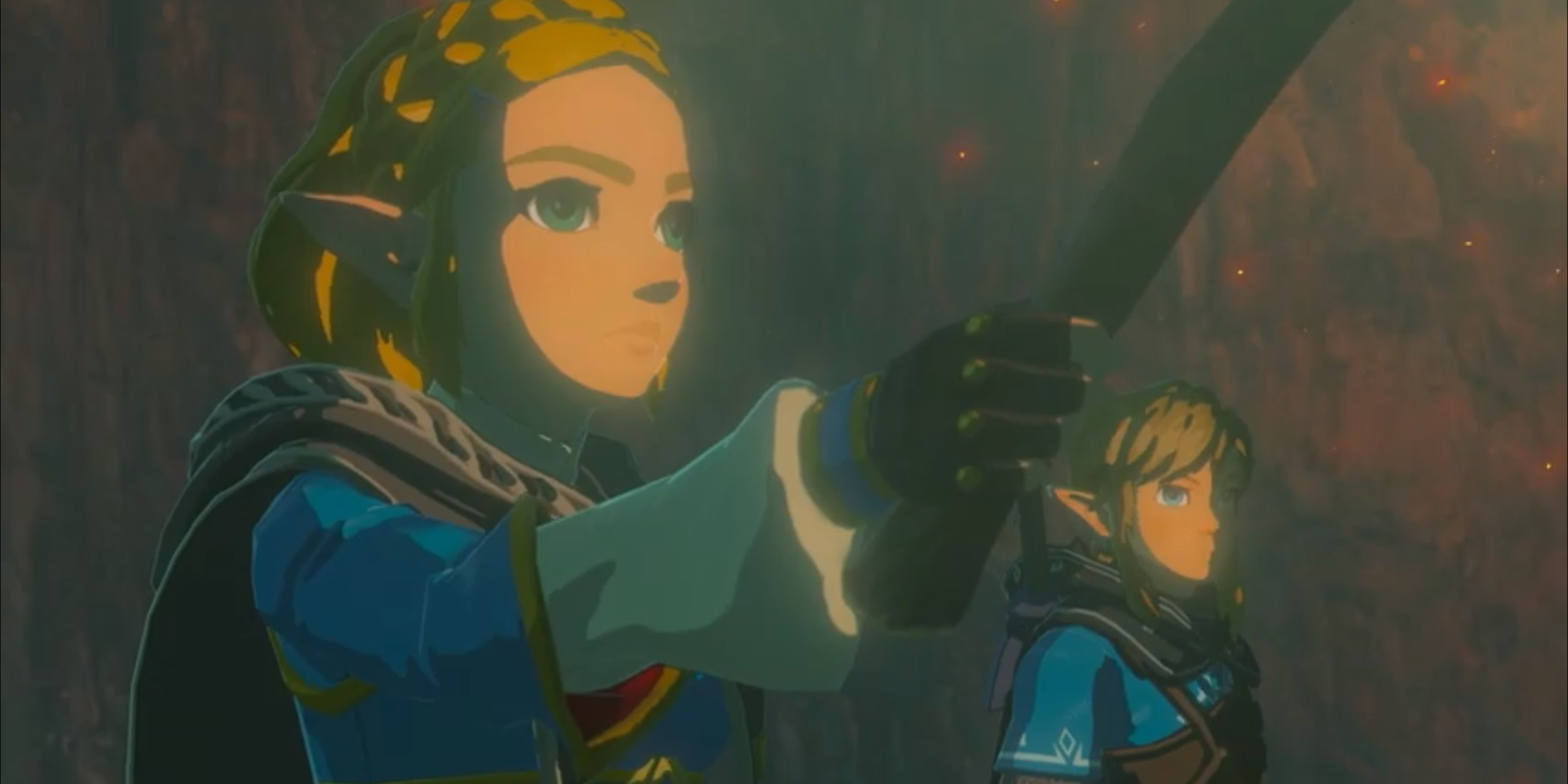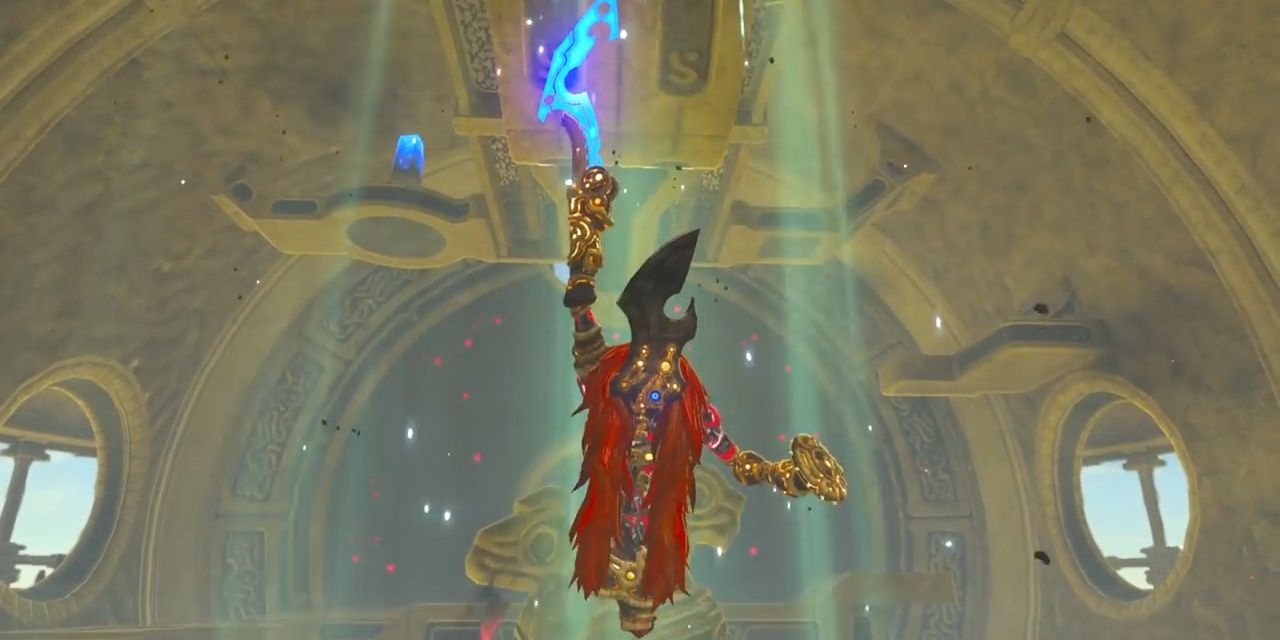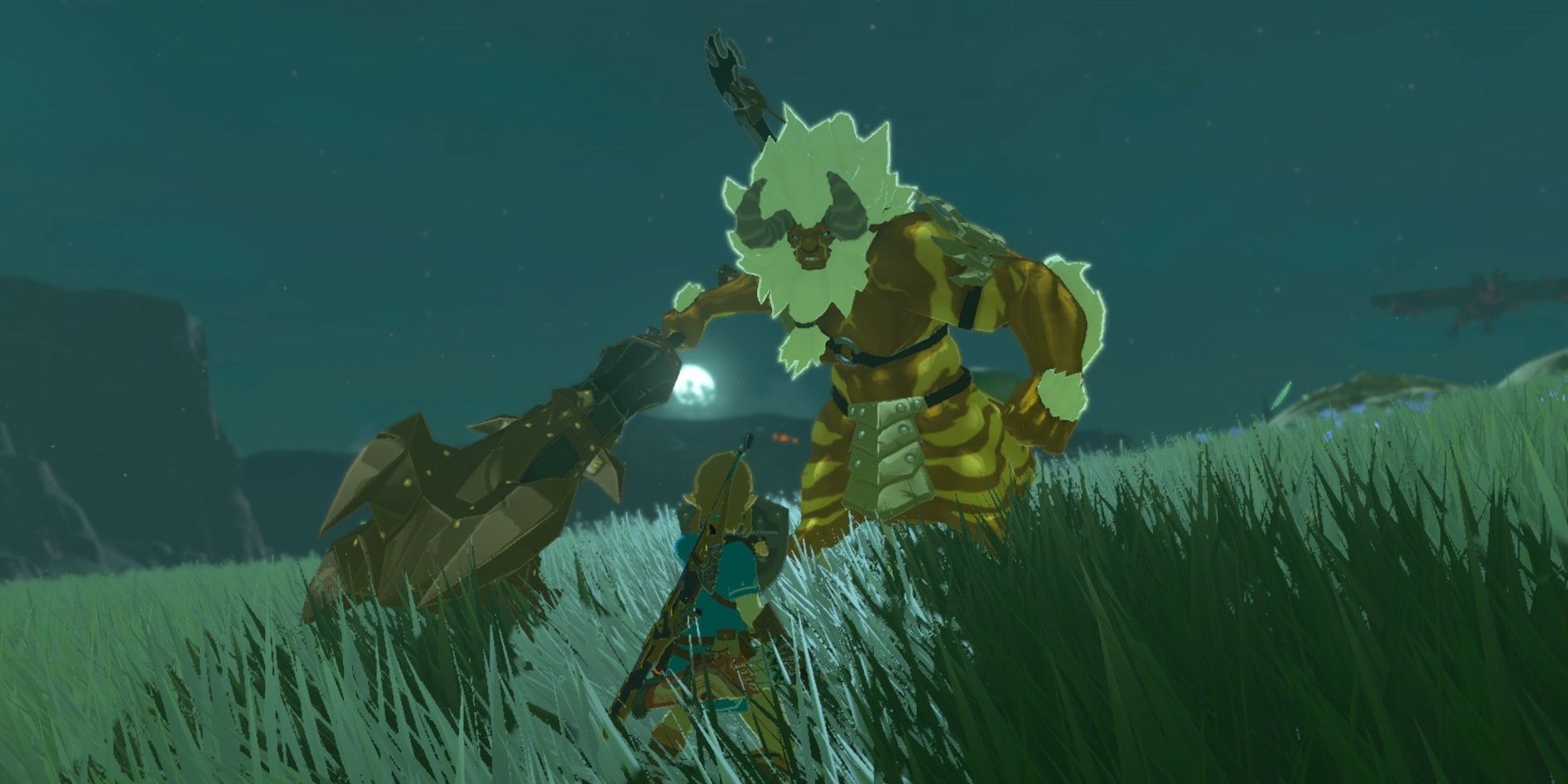The Legend of Zelda: Breath of the Wild, often regarded as one of the best games of all time, stole the hearts of millions when it was released as a launch title for the Nintendo Switch (and there was a Wii U version too but no one in the world has actually ever played it). The company shocked the world at E3 2019, when they revealed they are working on a sequel to the revered game.
While Breath of the Wild is a gem, there are many things that Nintendo could improve on in the sequel, as well as change completely. Here are five areas the sequel can improve in, and five that need to be fixed.
10 Do Better: Voice Acting
Voice acting was a first for the series with Breath of the Wild, and its implementation was a bit rocky. The script was made to fit the lip syncing for the Japanese voiceover, as such, some lines come off a bit clunkily.
With the sequel, the team could focus in a bit on this aspect, and improve it with unique lip syncing for different regions, or make the animations a bit more malleable so delivery doesn’t suffer. And while you’re at it, give Epona a voice too, let her speak what’s on her mind. You know what? Link too.
9 Change: Actual Dungeons
While Madam Elephant, Ms. Salamander, Sir Eagle, and Dr. Camel were okay dungeons, they weren’t great, and were the only four featured in Breath of the Wild.
PREVIOUSLY: E3 2019: Breath Of The Wild's Dark Sequel Is Like Majora's Mask Following Up Ocarina
While the sequel could stick to this direction, they could also decrease the shrine amount and increase the dungeon count. It also wouldn’t hurt to diversify them a bit more, so they all feel like separate, distinct experiences. The moving portions of the four Divine Beasts was an interesting concept that could come back in the sequel though.
8 Do Better: Populate The World
While Breath of the Wild featured a world that was sparse due to the calamity that had befallen Hyrule, the sequel could populate the world with more NPCs, villages, and landmarks to give the player more to interact with. While the world did feel lived in and vibrant in the original game, a sequel with the same or a similar map could benefit from a bit more density to it. A thriving Hyrule is something that we rarely see in Zelda games, and it could be interesting.
7 Change: Music Selection
To be clear, Breath of the Wild had a great soundtrack that fit its aesthetic perfectly. However, as with the previous entry, a more populated and vibrant Hyrule could feature a larger and more impactful soundtrack. Once again, Breath of the Wild was great sonically, but with a sequel comes a chance to give the player something different. Need proof that a game in this vein could use upbeat, intense music? Check out Monk Maz Koshia’s battle theme from the DLC. A whole slap of a song.
6 Do Better: The Story
The story of Breath of the Wild was essentially optional, if you didn’t want it it wasn’t really there. With the sequel likely being a Majora’s Mask style project (reusing the engine and assets), the team has a chance to make the story a focus of the game. With less development time needed for programming, a powerful narrative would be a great way to distinguish the title from its predecessor. Considering the fact that Link and Zelda seem to have found an actual monster under Hyrule Castle, this seems to be a major possibility.
5 Change: Playable Characters
Breath of the Wild was very much so Zelda’s story, and Nintendo actually did respond to many fan request to be able to play as the princess (it was a firm no, but still). With the sequel, it would be a huge change for the series for the player to be able to choose between Zelda and Link as playable characters, who would likely have largely different playstyles. The game could also feature sections that would require you to play as both characters. This is yet another way the sequel could stand as a distinct experience from Breath of the Wild.
4 Do Better: Optimization
One area that Breath of the Wild suffered in was optimization. The game ran at 30fps, yet would drop frequently, and had a few other smaller issues as well.
RELATED: Labo VR Update Seemingly Shaves Several Seconds Off Breath Of The Wild's Load Time
With this title being a Switch exclusive (could you imagine Nintendo announcing this as coming to the Wii U, too?), Nintendo has a chance to really push the system more than it did in 2017, and give us a game with consistent 30fps (or 60) with little to no drops, faster load speeds and all around stronger optimization.
3 Change: Varied Bosses
As with the dungeons of Breath of the Wild, most of the bosses were mainly deviations of Ganon, and didn’t differ greatly from one another. The sequel could easily change this, and provide bosses that are all easily distinguishable from one another. Hopefully, these would all be new, original bosses, but if it does means they have to give us the 184th incarnation of Moldorm… then so be it.
2 Do Better: Difficulty
With the original Breath of the Wild, Master Mode, a more difficult version of the game, was only included as paid DLC. Providing the option for players to choose this mode at the start, as opposed to being included months later, would be a great change from the original game. While the base game wasn’t easy, it wasn’t the huge challenge that some players might be looking for.
1 Change: Weapon Breakage
Just make weapons last a little longer. They don’t need to be unbreakable or anything, but just let them last a few more battles.
Please. Weapon breakage, first introduced in Breath of the Wild, is a novel concept that forces you to use new weapons and try everything the game has to offer. However, we don’t need to be trying new weapons every five hits. Maybe every 10 or 11?

